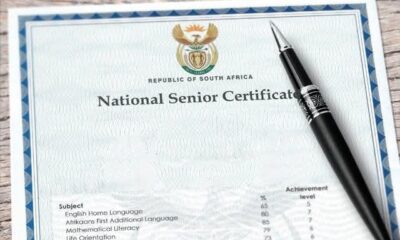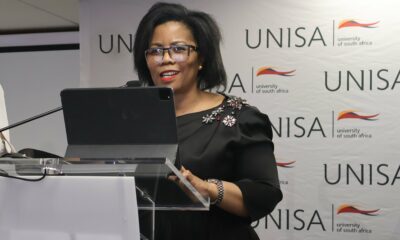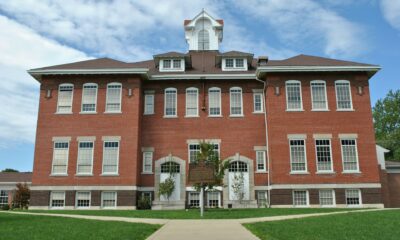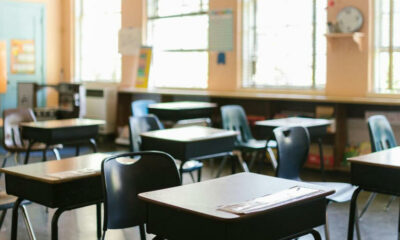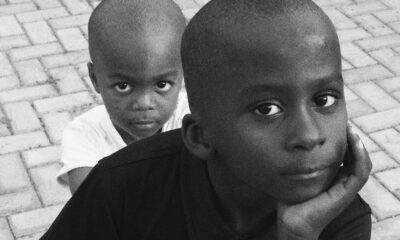News
Two Different Classrooms, One Country: South Africa’s Widening Education Gap
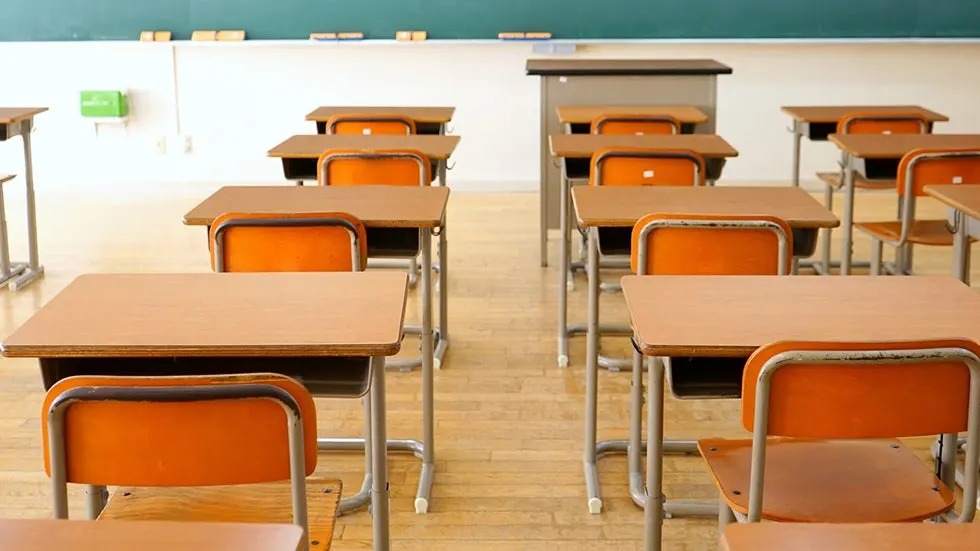
Two different classrooms, one country
South Africa’s education system is split in two. On one side stand private education giants, flush with profits and expanding enrolments. On the other, the majority of the nation’s children attend no-fee government schools where the fight is not for growth but survival.
Recent financial reports show ADvTECH Group and Curro Holdings together recorded more than R1.3 billion in profit, while Basic Education Minister Siviwe Gwarube is battling to stretch a budget of R35 billion to meet the needs of over 12 million public school learners. The contrast is stark and deeply political, touching the lives of families in every province.
Profits soar in private education
ADvTECH alone brought in over R900 million in operating profit in the first six months of this year. Curro reported recurring headline earnings of R469 million and a net profit of just over R100 million for 2024, with revenue exceeding R5 billion. Some reports placed its after-tax figure closer to R400 million, reflecting different measures of profit. ADvTECH’s group revenue topped R8.5 billion over the same period.
Both groups continue to grow rapidly. ADvTECH now educates 105,000 pupils across its portfolio, while Curro enrols just over 72,000 pupils across 189 schools. Fees vary dramatically: some Curro parents pay as little as R3,500 a month, while a third pay upwards of R7,000. At ADvTECH, Pinnacle Colleges position themselves slightly higher, and Crawford schools can cost more than R150,000 per year.
The returns are strong too. ADvTECH posted a 15.7% return on investment and expanded school capacity with a spend of R327 million, while Curro has invested R4 billion in the past five years and maintains R12.3 billion in assets.
A different reality in public classrooms
By contrast, three out of every four children in South Africa attend no-fee government schools. As of 2022, 73% of learners paid nothing at all, while another 14% paid less than R1,000 a year.
The Department of Basic Education’s 2025/26 budget prioritises essentials: R15.3 billion for toilets, classrooms, and school repairs; R10 billion for daily meals to feed 9 million children; and R1.8 billion for teacher training. Another R1.2 billion is earmarked for learning materials for early grades, and R57 million for rolling out bilingual education in mother tongues.
The challenge is immense. South Africa spends R263 billion on public teacher salaries, but outcomes remain weak. Eight out of ten children cannot read for meaning by Grade 4. Half the pupils who started school in 2013 never made it to matric, and the country ranked 62nd out of 64 in the most recent international maths and science benchmarks.
Success and struggle: comparing outcomes
On paper, matric results show a curious contrast. Government schools posted an 87.3% pass rate last year, while Curro achieved 95.5% and ADvTECH 99.4% in the IEB exams. Education experts warn, however, that money is not always a direct guarantee of results. Professor Mary Metcalfe argues that many pupils in high-fee private schools would have performed well even in state schools.
But statistics from the Institute of Race Relations reveal how resources do shape futures. In 2023, only 10.7% of learners in the poorest quintile schools achieved 60% or more in mathematics. In quintile 5 schools, serving wealthier communities, that number was 30%. In short, the richest schools are producing nearly three times as many successful maths students as the poorest.
Widening the gap
The no-fee policy was designed to close South Africa’s education divide. Instead, it risks deepening it. By focusing on access rather than quality, millions of children are left in under-resourced schools with limited prospects.
Makone Maja from the IRR warns that if the system is not reformed, South Africa risks locking a generation out of the productive economy. Without meaningful improvements in teaching quality, infrastructure, and accountability, the gap between private profit and public struggle will only grow wider.
The bigger picture
The ANC-led government continues to trumpet education as a priority, with nearly 20% of national expenditure allocated to the sector. But as private schools record billions in profits while three-quarters of children attend no-fee schools, South Africa is faced with an uncomfortable reality.
The promise of free education was meant to empower. For many, it has instead created a system where access is abundant but quality is scarce. Unless that changes, the country risks condemning the majority of its children to classrooms of diminished opportunity, while a small minority reaps the benefits of well-resourced, high-performing private schools.
Also read: Groundhog Day Politics: Why the ANC’s Renewal Talk No Longer Resonates
Follow Joburg ETC on Facebook, Twitter, TikT
For more News in Johannesburg, visit joburgetc.com
Source: The Citizen
Featured Image: The Hill

